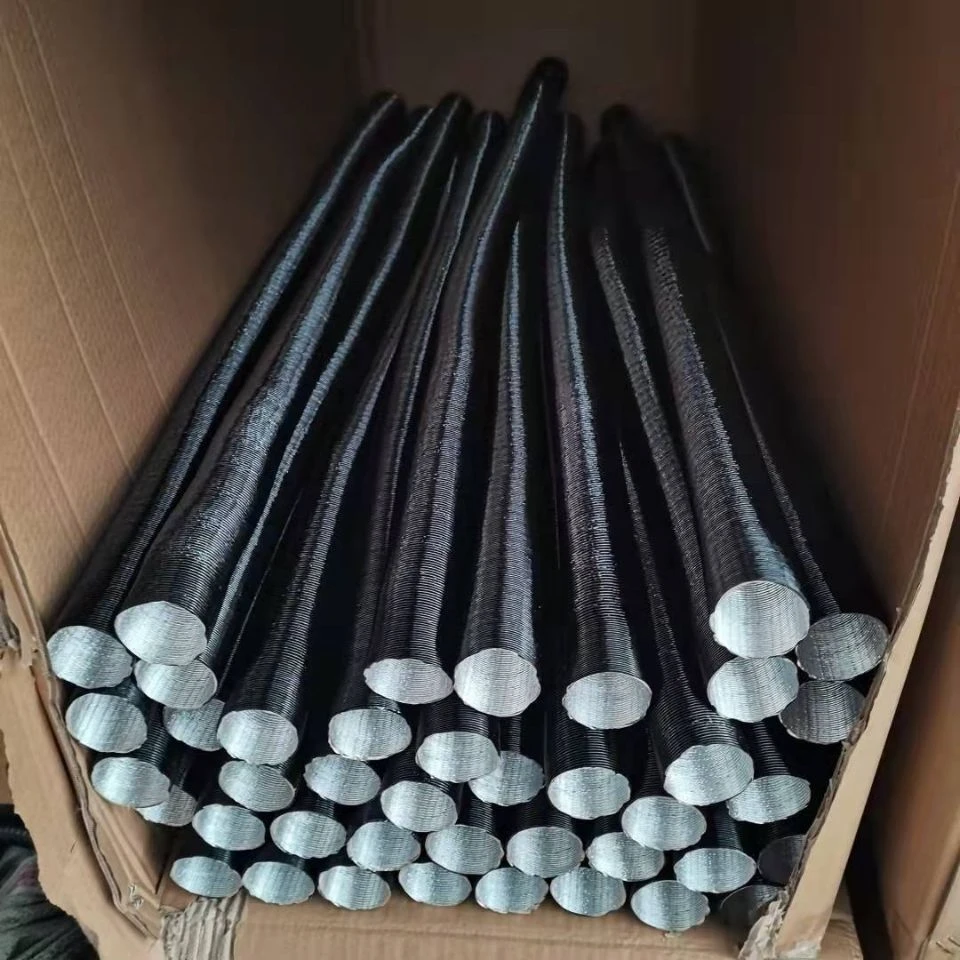Flexible Air Duct Hose Solutions for Efficient Ventilation and Optimal Air Flow Management
The Importance of Air Duct Hoses in Modern HVAC Systems
Air duct hoses are a critical component of modern heating, ventilation, and air conditioning (HVAC) systems. They play a vital role in ensuring that air is efficiently transported throughout residential and commercial spaces, promoting comfort and air quality. This article delves into the function, types, and benefits of air duct hoses, highlighting their significance in contemporary HVAC applications.
Function of Air Duct Hoses
Air duct hoses primarily serve to convey air from the HVAC unit to various parts of a building. They are designed to manage the airflow effectively, distributing heated or cooled air uniformly to maintain a consistent indoor temperature. These hoses come in various shapes and sizes, enabling them to fit into different architectural layouts and accommodate a variety of airflow requirements. The efficiency of HVAC systems heavily relies on the quality and design of the air duct hoses used, as poor airflow can lead to uneven heating or cooling, leading to discomfort and increased energy consumption.
Types of Air Duct Hoses
Air duct hoses can be categorized into several types based on their material and construction. The most common types include flexible ducting, rigid ducting, and semi-rigid ducting.
1. Flexible Ducting Made from a combination of plastic and metal, flexible duct hoses are versatile and easy to install. They can be bent and shaped to fit different spaces, making them ideal for complicated layouts. However, proper installation is crucial, as kinks or bends can restrict airflow.
2. Rigid Ducting Rigid ducts are typically made from sheet metal or fiberglass. They provide excellent durability and are less prone to damage compared to flexible counterparts. Rigid ducting is often used in larger commercial buildings due to its ability to handle higher air pressure and volume, ensuring efficient airflow.
air duct hose

3. Semi-Rigid Ducting This type combines the benefits of both flexible and rigid ducting. Made from materials like aluminum, semi-rigid ducts offer good insulation and are relatively easy to install. They are often used in residential applications where space constraints exist but may require some structural support.
Benefits of Air Duct Hoses
1. Energy Efficiency Properly installed and insulated air duct hoses can significantly enhance the energy efficiency of HVAC systems. By minimizing air leaks and maintaining the desired temperature, they help reduce energy consumption and lower utility bills.
2. Improved Air Quality Air duct hoses contribute to better indoor air quality by facilitating proper ventilation and filtration of airborne allergens, pollutants, and dust. This is particularly beneficial for individuals with respiratory issues or allergies, as it promotes a healthier living environment.
3. Customization The availability of various types of air duct hoses allows for customization in HVAC design. Whether it’s a complex commercial space or a compact residential area, there’s a duct hose to fit specific needs and requirements.
4. Noise Reduction Quality air duct hoses can also minimize operational noise from HVAC systems. By absorbing vibrations and reducing wind noise, they contribute to a more peaceful indoor environment.
Conclusion
In conclusion, air duct hoses are an indispensable element of HVAC systems, playing a crucial role in the effective distribution of air in buildings. With a variety of types available, they can be tailored to meet specific airflow requirements, enhancing energy efficiency and air quality. As technology continues to advance, the design and functionality of air duct hoses are likely to evolve, making them even more effective in promoting indoor comfort and efficiency. Understanding the importance of these components can help homeowners and businesses make informed decisions when it comes to installing or upgrading their HVAC systems, ultimately leading to a more comfortable and healthier living or working environment.
-
Top Quality Oxy Acetylene Hoses for Sale Fit for Welding DemandsNewsJul.28,2025
-
The Future of Pneumatic Air Tubes in IndustryNewsJul.28,2025
-
Superior and Reliable LPG Hose Pipe Solutions for Every NeedNewsJul.28,2025
-
Exceptionally Durable and Versatile Premium Braided PVC TubingNewsJul.28,2025
-
Best Adapters for Connecting Garden Hose to PVC Pipe ConnectionsNewsJul.28,2025
-
The Essential Role of LPG Hoses in Safe and Efficient Gas DistributionNewsJul.16,2025














